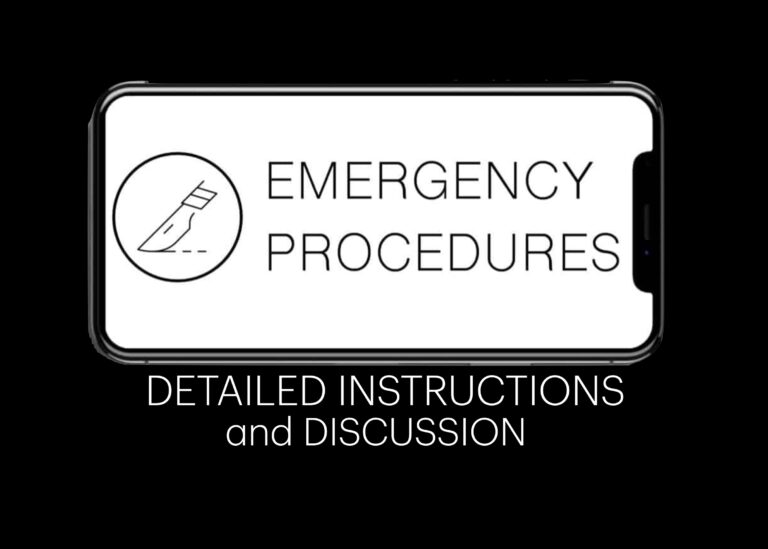
Airway – Cricothyroidotomy (surgical)
Emergency procedure, instructions and discussion: Surgical Cricothyroidotomy - inability to oxygenate and ventilate with (BVM, LMA, ETT) and age >10years

Emergency procedure, instructions and discussion: Surgical Cricothyroidotomy - inability to oxygenate and ventilate with (BVM, LMA, ETT) and age >10years
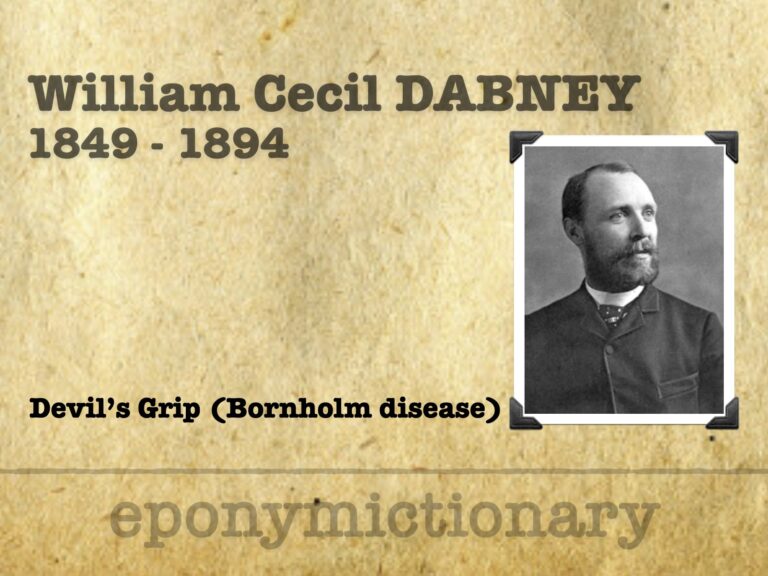
William Cec. Dabney (1849–1894) described epidemic chest pain (“Devil’s Grip”) and championed medical education, licensure, and public health in Virginia

Peak Performance and how to be your best when it matters most. How to be your ultimate self and healthcare professional without burning out and sacrificing what you enjoy.

Searchable database for medical journal abbreviations, both modern and historical, aiding researchers in accessing articles to facilitate easier navigation of medical literature through improved referencing.
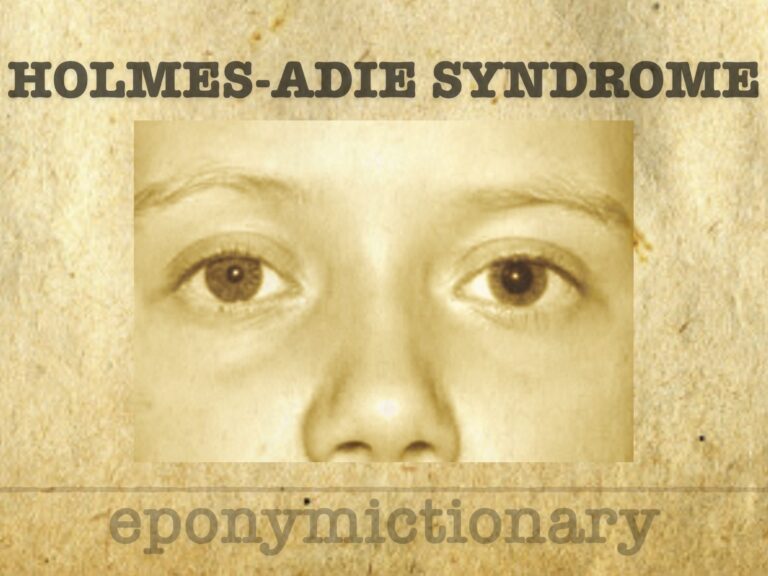
Holmes–Adie syndrome: a benign neurological condition marked by tonic pupils and areflexia, historically mistaken for neurosyphilis.

Cornelia Catharina de Lange (1871-1950) was a Dutch pediatrician. Described Cornelia de Lange syndrome (CdLS) in 1933

Charles Gilbert Chaddock (1861-1936) was an American neurologist, psychiatrist, poet and medical translator. Chaddock sign and Chaddock wrist sign

Emergency Procedure, instruction and discussion: nail bed repair - a deceptively simple injury that can lead to permanent nail deformity if managed incorrectly
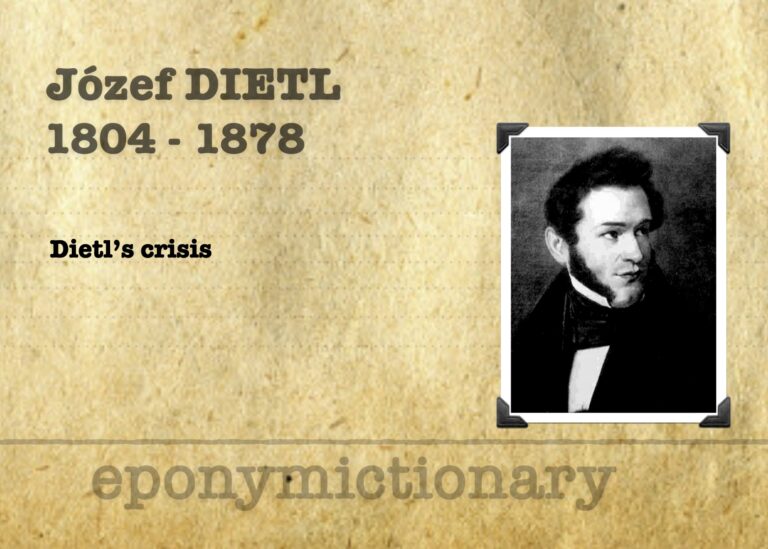
Józef Dietl (1804–1878) was a Polish physician, politician, professor and rector. Eponym: Dietl's crisis ureteropelvic junction obstruction (UPJO)

Emergency Procedure: nail bed lacerations - a deceptively simple injury that can lead to permanent nail deformity if not managed carefully
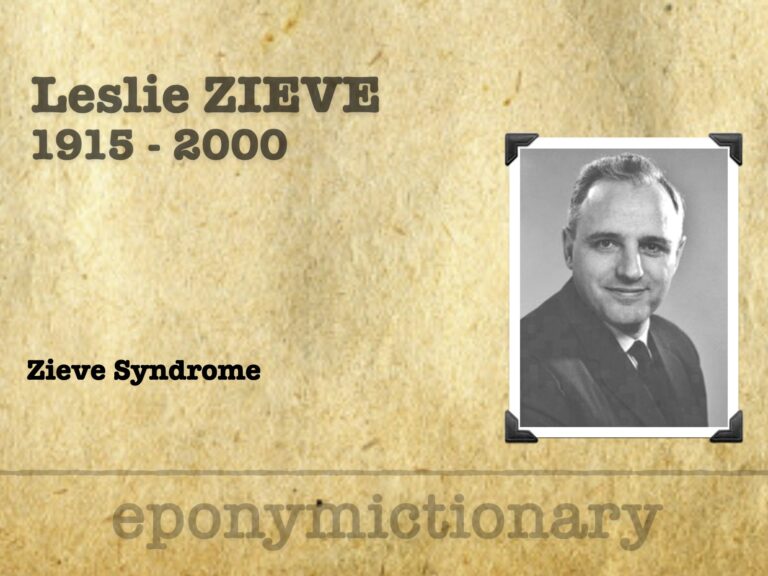
Leslie Zieve (1915–2000), American hepatologist; Zieve syndrome: jaundice, haemolysis, and hyperlipidaemia in fatty liver disease.

Leonardo Gigli (1863-1908) was an Italian surgeon and gynaecologist. Inventor of the Gigli saw for lateralised pubiotomy